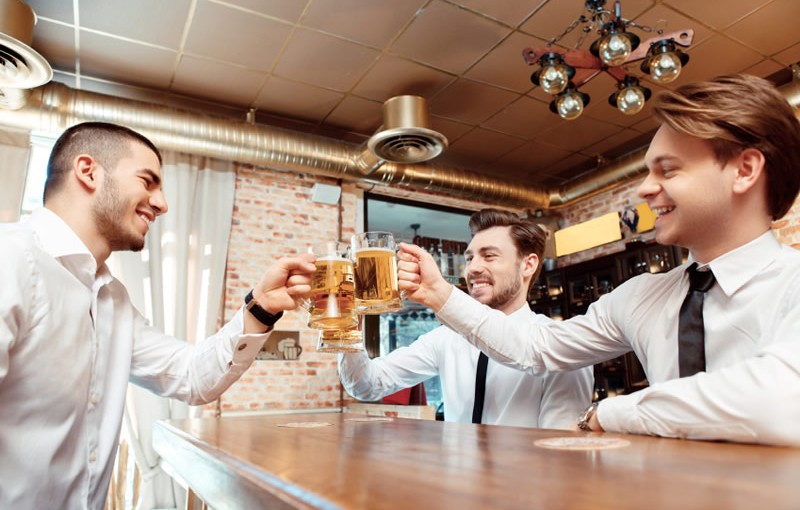Food Storytelling is the ability of a brand to engage and excite the consumer by creating and telling a story. This story can talk about the product, its creators, or even tell the life of the consumer himself. Read more

How to advertise on Facebook for your restaurant
January 30, 2022
Facebook for your restaurant. is becoming more and more a window for advertising: discover how you can use it to make your restaurant wellknown.
Advertising on facebook restaurant. How to advertise on facebook for your restaurant. Facebook is becoming Read more

Food marketing: tips
January 29, 2022
Food marketing. Here are hundreds, perhaps thousands of available data sources, disconnected from each other. Since there are no standard data aggregation systems in the industry, it is necessary to understand how each source leads to a complete vision. Read more

5 digital marketing strategies
January 24, 2022
Digital marketing strategies-Food marketing. Creating an effective online marketing campaign is hardly and simple task – especially for restaurateurs who use most of their time and energy to control what happens in the kitchen.
In recent years, a Read more

